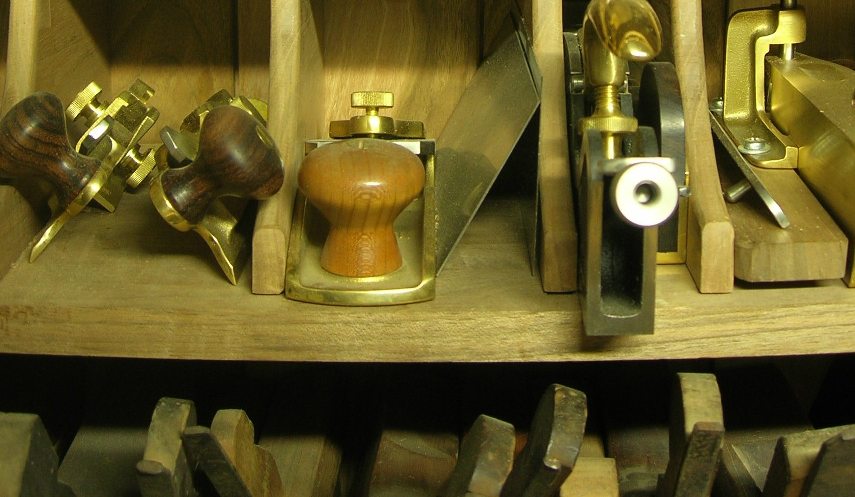engineer one
Established Member
ok so does anyone on here actually make these by hand all the way??
or do you cheat, and use a router, if not how do you do it???
i mean the housing, how many people have a dovetail saw or plane as some books seem to suggest?? how do you keep it flat and level?
paul :wink:
or do you cheat, and use a router, if not how do you do it???
i mean the housing, how many people have a dovetail saw or plane as some books seem to suggest?? how do you keep it flat and level?
paul :wink:




































